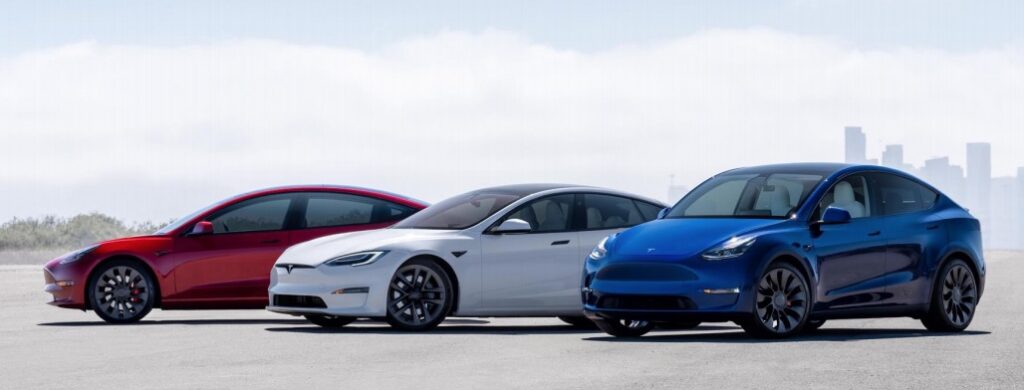
New EV Tax Credit Rules to Take Effect April 18: What It Means for Buyers

The US Treasury Department and the IRS have released proposed guidance on the new clean vehicle provisions of the Inflation Reduction Act, aiming to reduce costs for consumers, encourage the development of a resilient industrial base and spur manufacturing in the US.
The guidance outlines the requirements for vehicles to be eligible for the clean vehicle credit, including final assembly in North America and a Manufacturers Suggested Retail Price of $80,000 for a van, pickup truck or SUV, or $55,000 for any other vehicle.
“The Inflation Reduction Act is a once-in-a-generation piece of legislation that is lowering costs for American consumers, building a strong U.S. industrial base, and bolstering supply chains,” said Secretary of the Treasury Janet L. Yellen, in a statement. “Today, Treasury is taking an important step that will help consumers save up to $7,500 on a new clean vehicle and hundreds of dollars per year on gas, while creating American manufacturing jobs and strengthening our energy and national security.”
To be eligible for a $7,500 credit, clean vehicles must meet sourcing requirements for both the critical minerals and battery components contained in the vehicle.
Here are the yearly requirements for meeting the critical mineral and battery component requirements under the Inflation Reduction Act:
Critical Mineral Requirement:
- For 2023, the applicable percentage is 40%.
- For 2024, the applicable percentage is 50%.
- For 2025, the applicable percentage is 60%.
- For 2026, the applicable percentage is 70%.
- Beginning in 2027, the applicable percentage is 80%.
Battery Component Requirement:
- For 2023, the applicable percentage is 50%.
- For 2024 and 2025, the applicable percentage is 60%.
- For 2026, the applicable percentage is 70%.
- For 2027, the applicable percentage is 80%.
- For 2028, the applicable percentage is 90%.
- Beginning in 2029, the applicable percentage is 100%.
John Bozzella, president and CEO of the Alliance for Automotive Innovation, spoke about the eligibility of EVs for the new tax credit requirements to Yahoo Finance.
He stated that automakers will report to the IRS directly on which EV models meet the critical mineral and/or battery component requirements as of April 18th.
This date is crucial as it indicates that the current tax credit regime will remain in place until then. Bozzella said that currently, there are 91 EV models available for sale in the U.S., and after April 18th, some vehicles will qualify for a partial credit. According to Bozzella, Treasury’s rules reflect the current market and meet the statute as best as possible.
Tesla already indicated on its website this week that it anticipates its entry Model 3 RWD will no longer get the full $7,500 tax credit.
The Notice of Proposed Rulemaking (NPRM) proposes a three-step process for determining the percentage of the value of the critical minerals in a battery that contribute towards meeting the critical minerals requirement. The NPRM is filed for public inspection and will be published in the Federal Register on April 17, 2023.

